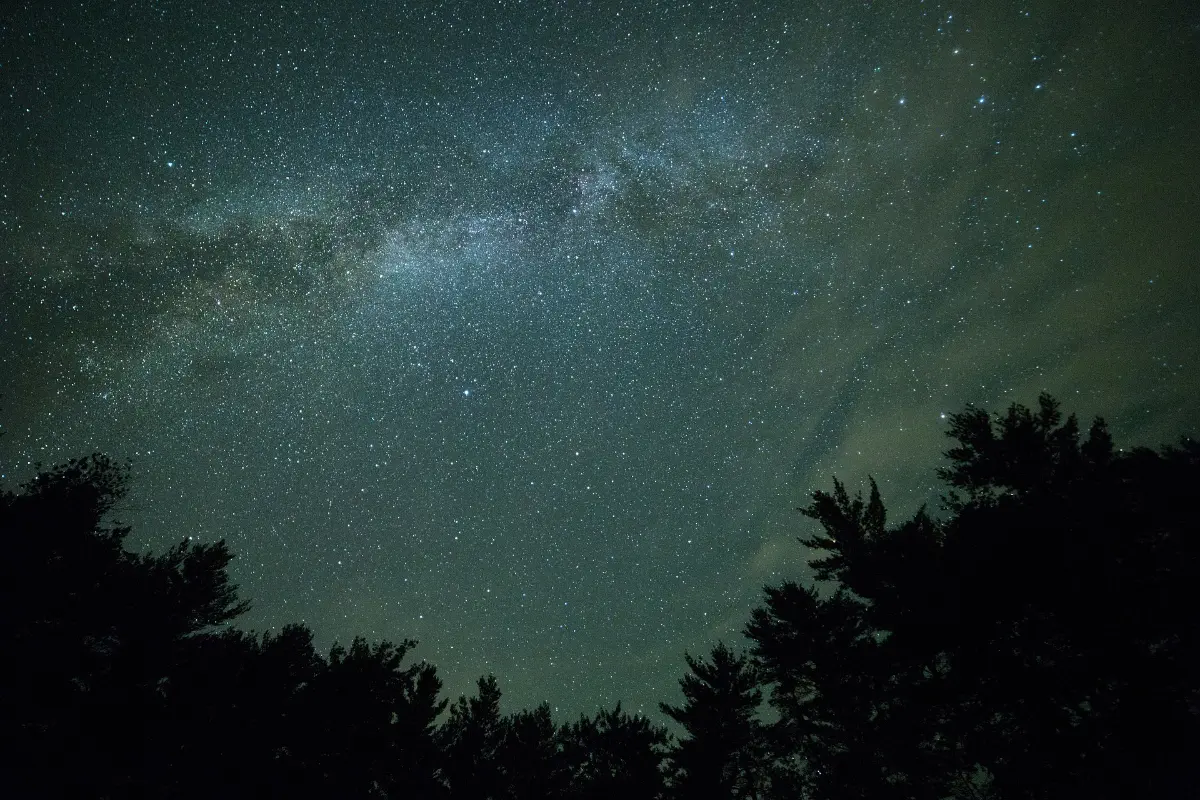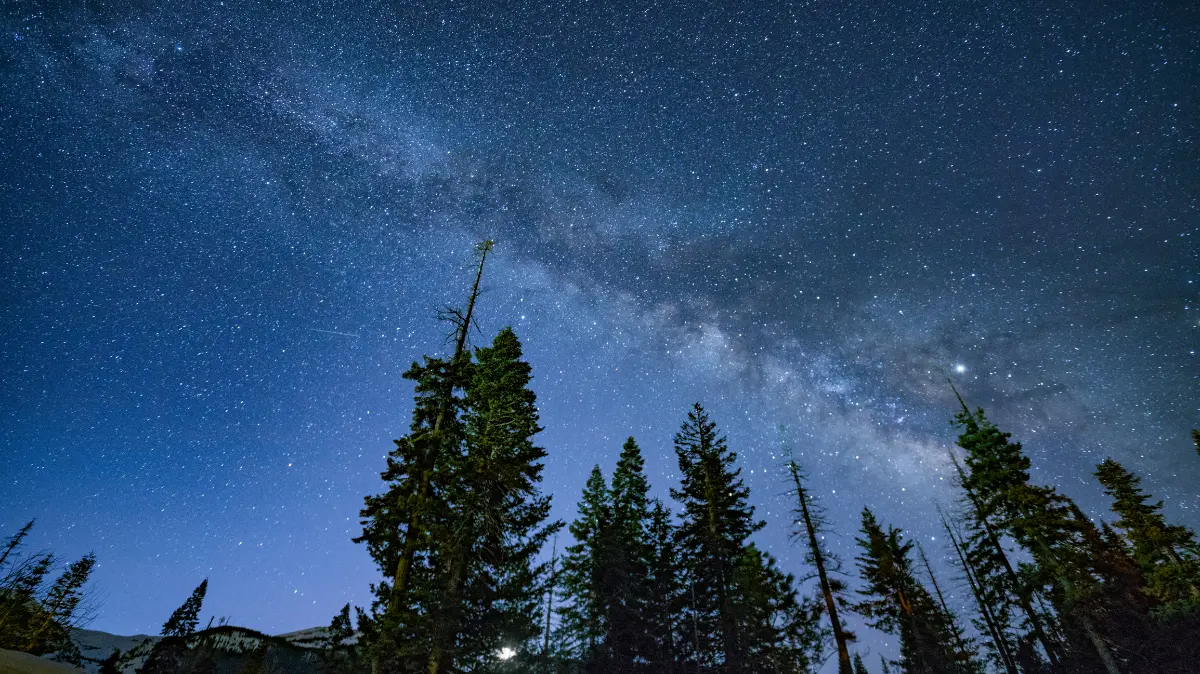
Helyszín címkék:
Spectacular celestial phenomena and 5 great observation points for stargazing!
Szabó Sára
What does the summer sky offer?
The summer season, and especially August, is one of the most outstanding months for observing celestial phenomena: pleasant, clear nights and exciting star formations characterise this period. There is something to observe every year, even if you do not have professional equipment for stargazing. We show you what and where to observe in the sky!
One of the best-known and most spectacular celestial phenomena is the Perseids meteor shower, which is the subject of telescope shows and constellation tours held across the country every year in mid-August. The Perseids peak is on 12–13 August, but according to Dr. László Mosoni, astronomer at the Zselic Star Park, this special celestial phenomenon will unfortunately be less spectacular this year due to the strong light of the Moon. In clear, cloudless weather, on moonless nights, far from the lights of settlements, up to 60–100 meteors per hour may appear in the sky during the days of the meteor shower, but this year only the brighter shooting stars will be visible.
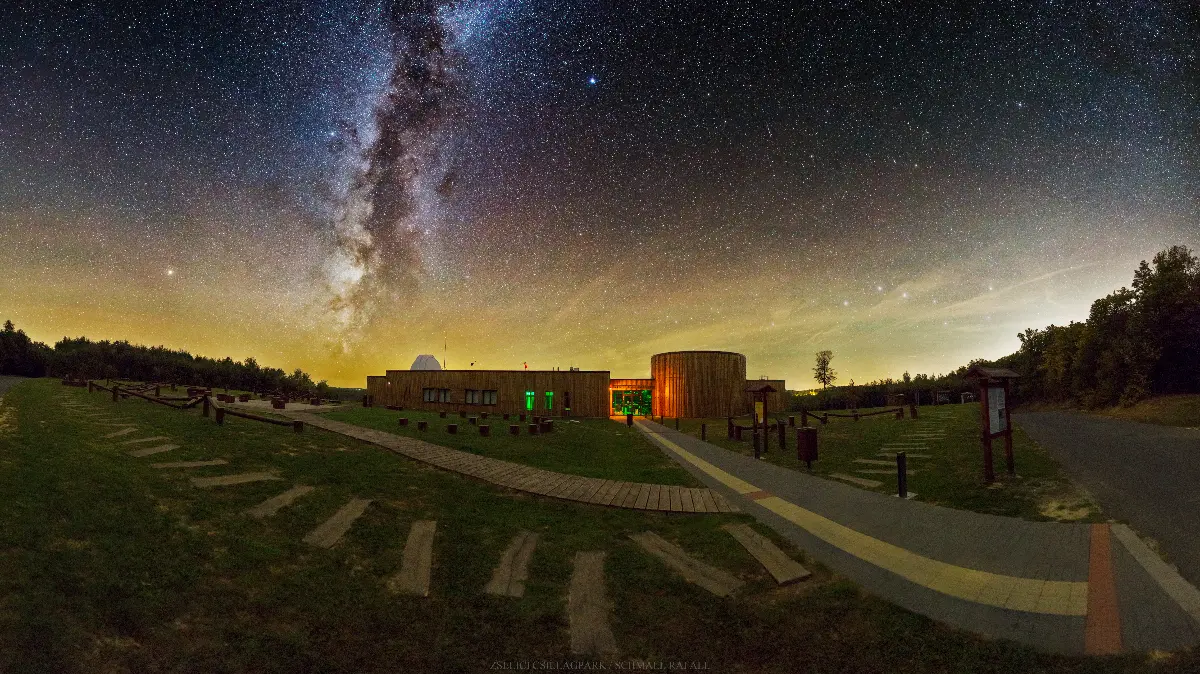
Another highlight of the August night sky is the Milky Way, which stretches high across the eastern sky during these weeks. If you choose a sufficiently dark location, far from large cities, with low light pollution, you will be able to see the faint, milky-white cloud tufts of stars with the naked eye.
“Interstellar dust is invisible to us, and in fact it absorbs the light of stars. The Milky Way's band splits in two because the interstellar material in the disk of the galaxy absorbs the light of many stars. The light of many stars merges in the cloud tufts, and our eyes are unable to see them separately. We can see even through the smallest telescope that there are many more stars in the direction of the Milky Way than anywhere else. Galilei also saw this with his telescopes with a lens diameter of 2–4 centimetres,” says Dr. László Mosoni.
According to the astronomer, Saturn is also becoming visible earlier and earlier in the night, but it is worth observing the Pleiades – a small group of several bright stars – and the Andromeda Galaxy, which is about 2.5 million light-years away.
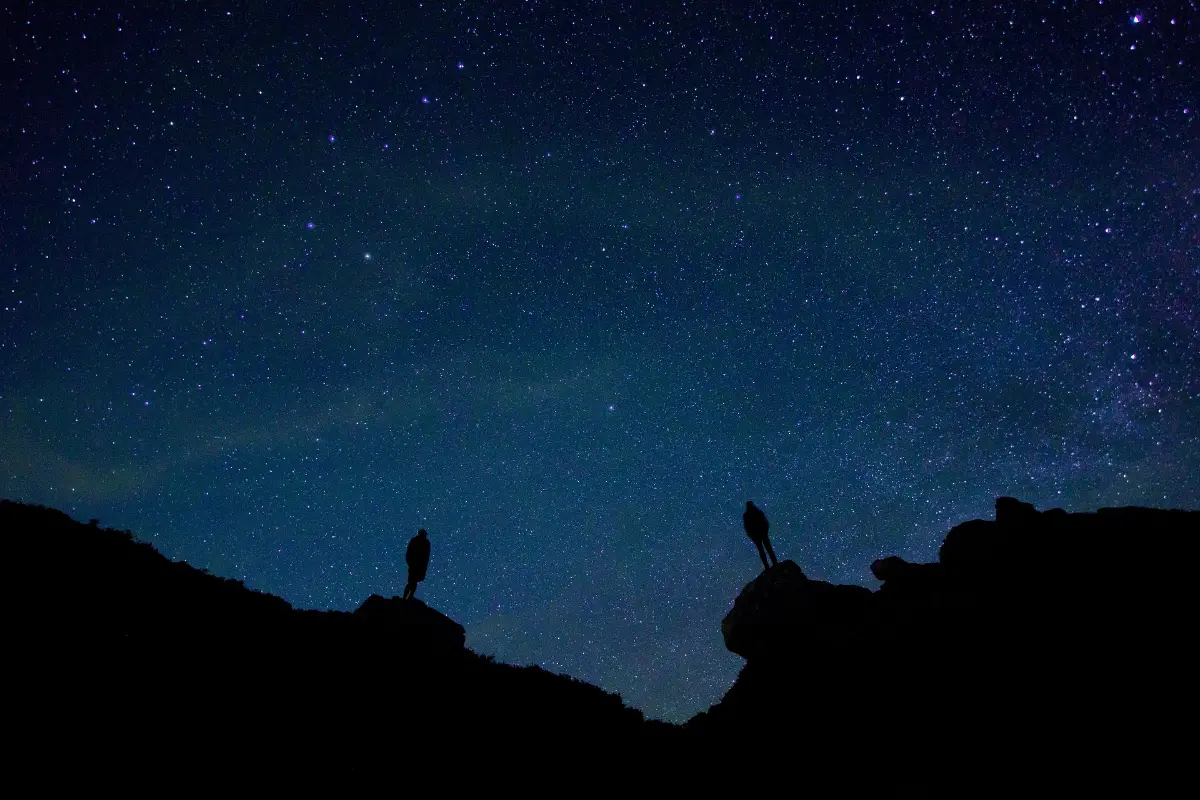
How to prepare for stargazing?
For stargazing, it is worth looking for a place that is away from lights of the towns and light pollution and offers a good view of as much of the sky as possible. Hilltops, lookouts and meadows are ideal locations, especially if they offer a panoramic view to the east or south. You do not need to think too much about the equipment either: a comfortable blanket or a folding chair is an excellent tool for night observation. It is worth dressing in layers and bringing a headlamp or a weak, red-light pocket-lamp with you so that you do not stumble blindly in the dark forest. According to the expert at the Zselic Star Park, if you have any kind of telescope at home, it is worth taking it with you, because "it can enhance the experience by light years."
“Any binoculars, bird-watching or smaller astronomical telescope will do the trick to immerse yourself in the world of stars. In addition, it is worth having a classic star map or some digital device or application, thanks to which you can easily identify the constellations.” – says Dr. László Mosoni.
Now that you know everything about what phenomena are worth looking for and where, here are 5 great observation sites, starting from star parks and hedonistic sky observation to waterfront viewpoints!
Küszvágó csér (Common Tern) lookout, Tiszafüred
The Küszvágó csér lookout, located on Lake Tisza and accessible only by water, is an incredibly romantic spot for stargazing. The 9-metre-high wooden structure can be easily reached by canoe or SUP from the direction of Tiszaörvény. The area is quiet, with low light pollution, and the lookout offers a great view of the night sky – you can even get a frog serenade to accompany your observations!
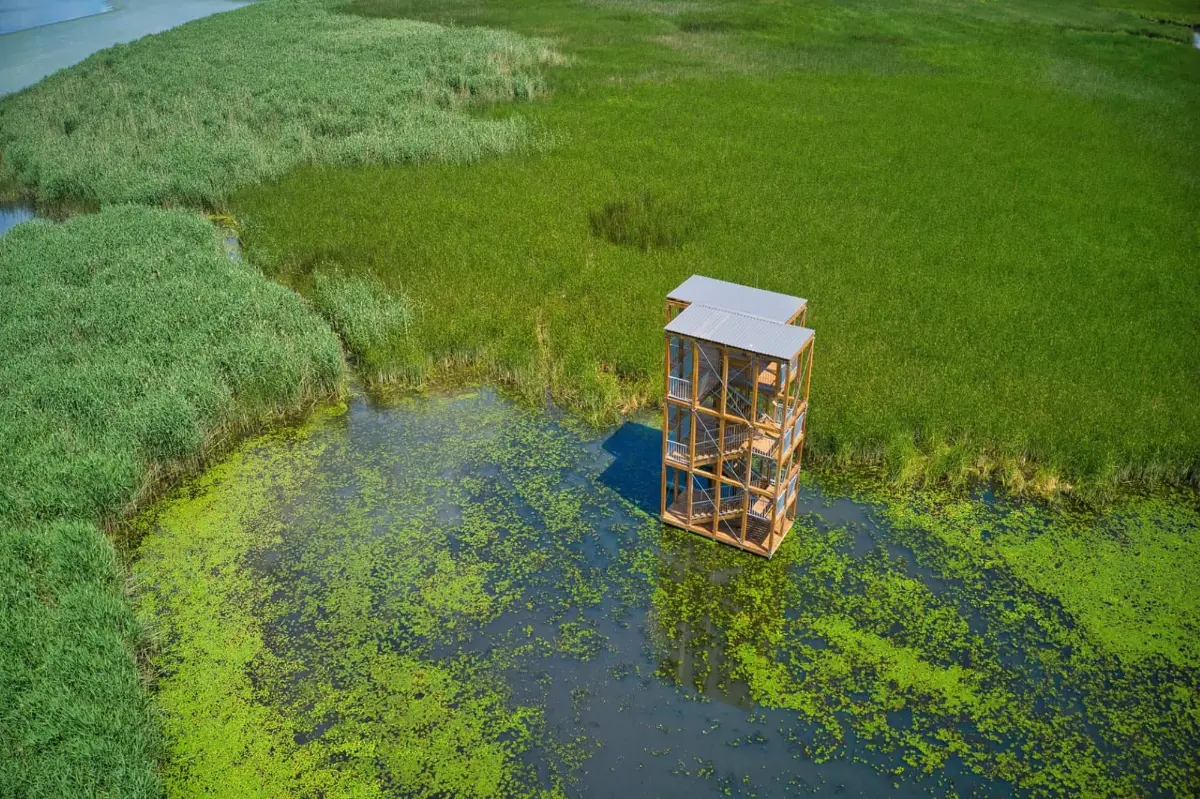
Szólád Star Dome, Szólád
Watching the Great Bear from a comfortable bed? It is possible! The Szólád Star Dome, located not far from Lake Balaton, is a special, modern accommodation for couples, where you can feel like you are among the stars with the telescope and other astronomical viewing equipment of the Astro Garden Balaton as the uniquely designed transparent dome offers a stunning view of the night sky!
Salgó Castle, Salgótarján
If Sándor Petőfi was also impressed by the view, then it is definitely worth visiting the Salgó Castle: in the day-time the panorama opening onto the slopes of Cserhát and the Karancs ranges, and at night the starry sky offers an amazing view. From the ruin, which stands on top of a 625-metre-high volcanic cone, you can observe the Milky Way and watch for shooting stars with the naked eye.
St. László Lookout and Chapel, Mogyoród
When the name of Imre Makovecz, Kossuth and Miklós Ybl Prize-winning architect, comes up, the adventurer knows that he is about to visit an unusual building. The St. László Lookout and Chapel designed by him is – in addition to being an impressive structure – also a great place for stargazing. The lookout on Somlyó Hill in Mogyoród is open to the public all year round: in the day-time you can see as far as the Mátra Mountains, and at night you can admire the starry sky.
Hello Hungary tip: If you are near Mogyoród, it is worth visiting the largest baroque palace in Hungary, the Royal Castle in Gödöllő. The impressive building complex is not only of historical significance, but its huge, 26-hectare park is also a unique sight. The carefully maintained garden is an idyllic location for a romantic stroll in any season. The castle offers a variety of cultural programmes throughout the year: in the framework of permanent and temporary exhibitions, you can learn about the hobbies and habits of one of the most famous stars of our country, Queen Sisi. For example, you can find out which ice cream she liked the most, and how “Sisi’s stars” – the iconic diamond edelweiss adorning her hair crown – were made.
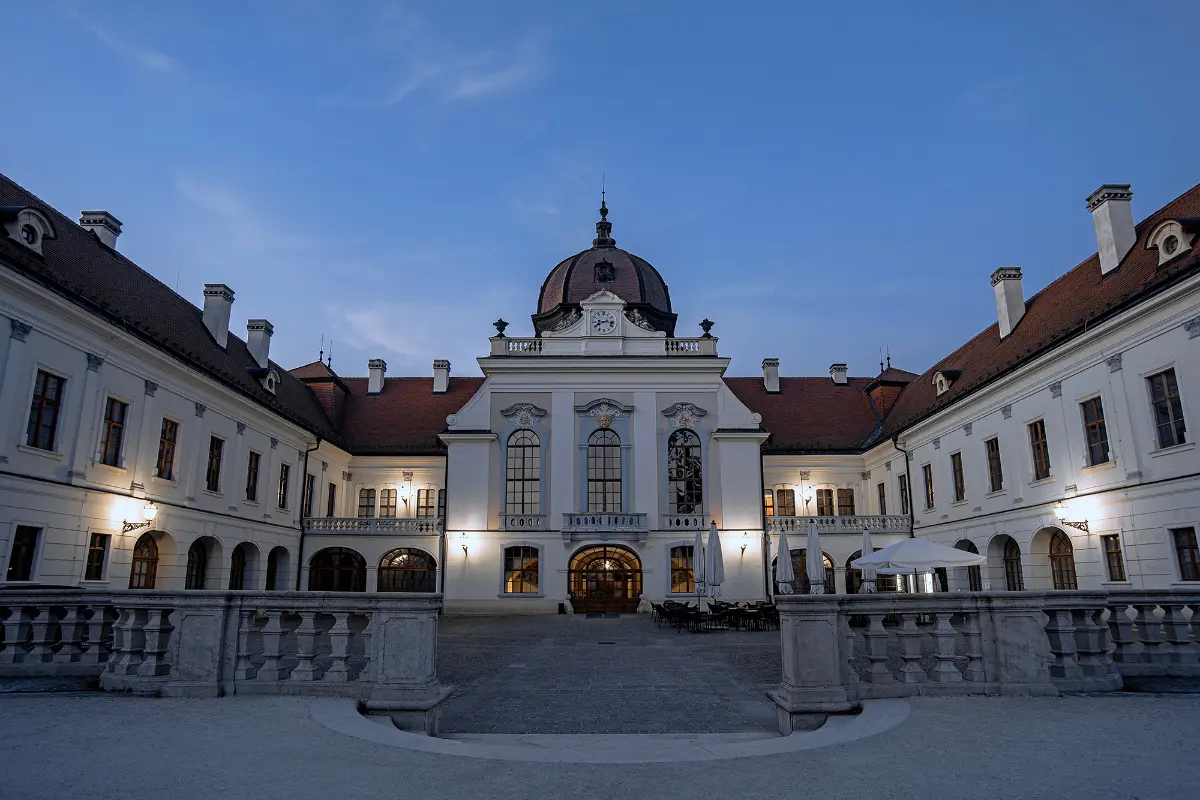
Zselic Star Park, Zselickisfalud
The Zselic Star Park is one of the best-known and darkest sky areas in Hungary, which was the first in Europe to receive international starry sky park status. It is a well-equipped exhibition space where experts help discover celestial phenomena. The Milky Way and fainter objects can also be clearly seen, making it one of the most popular destinations for stargazers.


